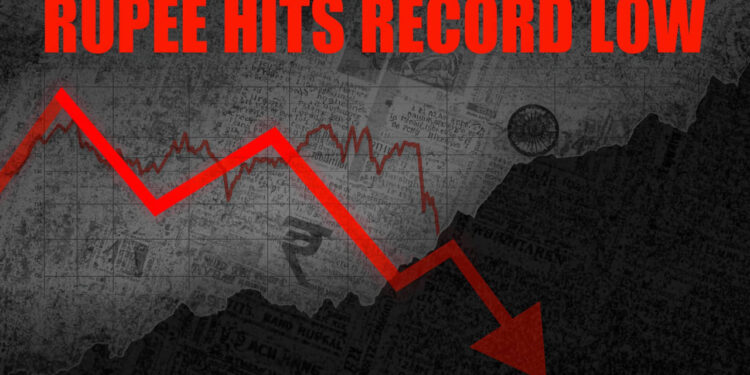The Indian Rupee neared its all-time low at 88.80 against the U.S. dollar earlier last week. The Reserve Bank of India provided immediate support to avoid a repeat of the record-low touch. The rupee’s fall was limited by the Federal Reserve’s ongoing dollar dominance, continuous importer selling, and consistent foreign portfolio investment outflows. During the ECB, the Reserve Bank’s moves ranged from a 14-day repo OCR to using its FX reserves.
RBI raised its short dollar forward positions by $6 billion in September 2025. This was the most significant such rise in the past six months and was aimed at moderating the rupee’s slide. The growth in RBI’s forward book mirrors the central bank’s hectic activity in onshore and offshore forward markets. It enabled RBI to sell dollars in the forward market to help steady the rupee without sucking too much liquidity out of the banking system.
This allowed Ruppe to withstand the persistent depreciation pressure. Multiple factors contributed to that: heavy dollar demand from importers; foreign portfolio outflows; increased uncertainty caused by global economic changes, especially the U.S. tariff policy-making. However, strategic high-volume forex sales by state banks to defend the rupee near 88.80 by RBs have also been critical.
RBI’s recent interventions can be summarized as spot market operations and dollar-rupee buy/sell forex swaps, which distribute liquidity in the Indian banking system and positively affect RBI’s forex reserves. This approach is practical because it tackles multiple problems simultaneously, while the RBI seeks to stabilize the exchange rate and reduce currency market volatility. However, “analysts say the RBI will continue to sell dollars to its state-run banks through such measures and even open purchase tenders” if necessary.
The market sentiment suggests a degree of pessimism among stakeholders who anticipate further downside. However, the RBI’s readiness to protect the rupee does not appear to be waning as the central bank heads into a few weeks of high dollar demand and currency pressure. This period moderates the impact of IPO issuance and foreign investment inflows on the rupee.
Overall, RBI’s proactive steps to grow its forex forward book, hold swap auctions, and intervene directly in the market have been important in keeping the rupee from falling below its record low. This has helped keep the economy stable in an uncertain global environment.


